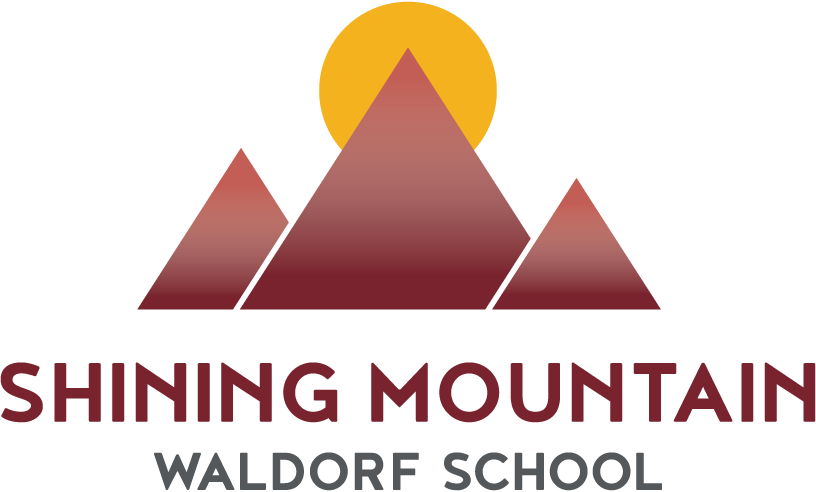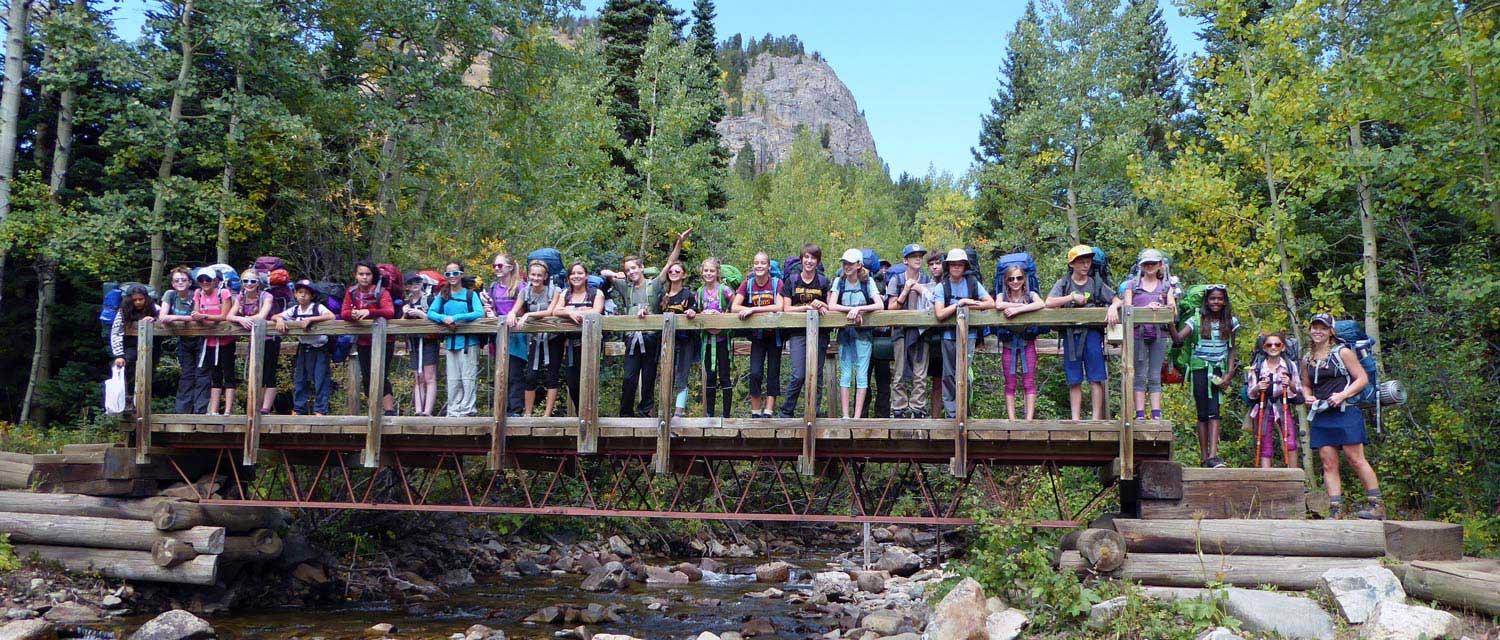Grade 1
There is a marked difference between the Kindergarten and the Grades School. The children leave behind a day dominated by free play, story, and circle games to a day that introduces a structured academic curriculum.
First Graders spend a lot of time developing social skills, whether in the circle activities of Main Lesson, or the circle games of the Games class. The Class Teacher works with body orientation (right/left, up/down, forward/backwards, and diagonals), developing spatial coordination and fine-motor skills. The teacher does this through knitting, string games, flute playing, form drawing, and writing. Through playful exercises (bean bag games, zoo exercises, and knitting), the students overcome midline boundaries. Rhythm imbues all activities. The students are told stories that present archetypes found in fairy tales, creating a sense that although there are dangers and challenges, the world is a safe and good place to be. The teacher fosters a sense of wonder and devotion for the natural world by the stories that are told, by using natural materials in the classroom, and leading nature walks.
The teacher works to cultivate a pictorial consciousness in the children through oral lessons that establish the foundations for literacy. The teacher introduces phonics, for example, by telling a story about a snake, infusing the story with the “s” sound and drawing the snake on the board. The students copy the snake in their lesson books and it is transformed into the abstract symbol “s”. The lessons are intended to help the children to form strong inner pictures, eye-hand coordination, and to lead children from experience (story and picture) to concept (a letter). This multi-sensory approach addresses students who have varying learning capacities and styles.
The Language Arts lessons teach writing before reading. Students develop writing skills, and reading comprehension follows with continued practice and exposure. The Language Arts Curriculum exposes student to classic children’s literature, with particular emphasis on fairy tales and folk tales. Methods include memorization and recitation of poetry, phonics, and simple story composition presented by the teacher.
The experience of painting, singing, drawing, knitting, flute playing, and beeswax modeling awakens an aesthetic sensitivity to color form and musical tone. The teacher wants the students to experience and feel that life is beautiful.
Lessons are connected to practical life and the human being. Numbers, for instance, can be taught through the example of the human body. We have one body. We have two hands, two feet, two legs, etc. Mother, father, and child make three. All four operations are introduced in mathematics, and the students count rhythmically by twos, threes, fives, etc. in preparation for learning multiplication tables. Students practice division by sorting groups of gems and natural objects on their desktops.
Students also learn German, Spanish, Handwork, Form Drawing, Games and Eurythmy. In the Foreign Language lessons, they gain an appreciation for another culture. Handwork develops hand-eye coordination and breaks down gender bias surrounding knitting and sewing. Games classes reinforce harmonious, non-competitive interaction. Eurythmy fosters spatial orientation, rhythm, and coordination.

